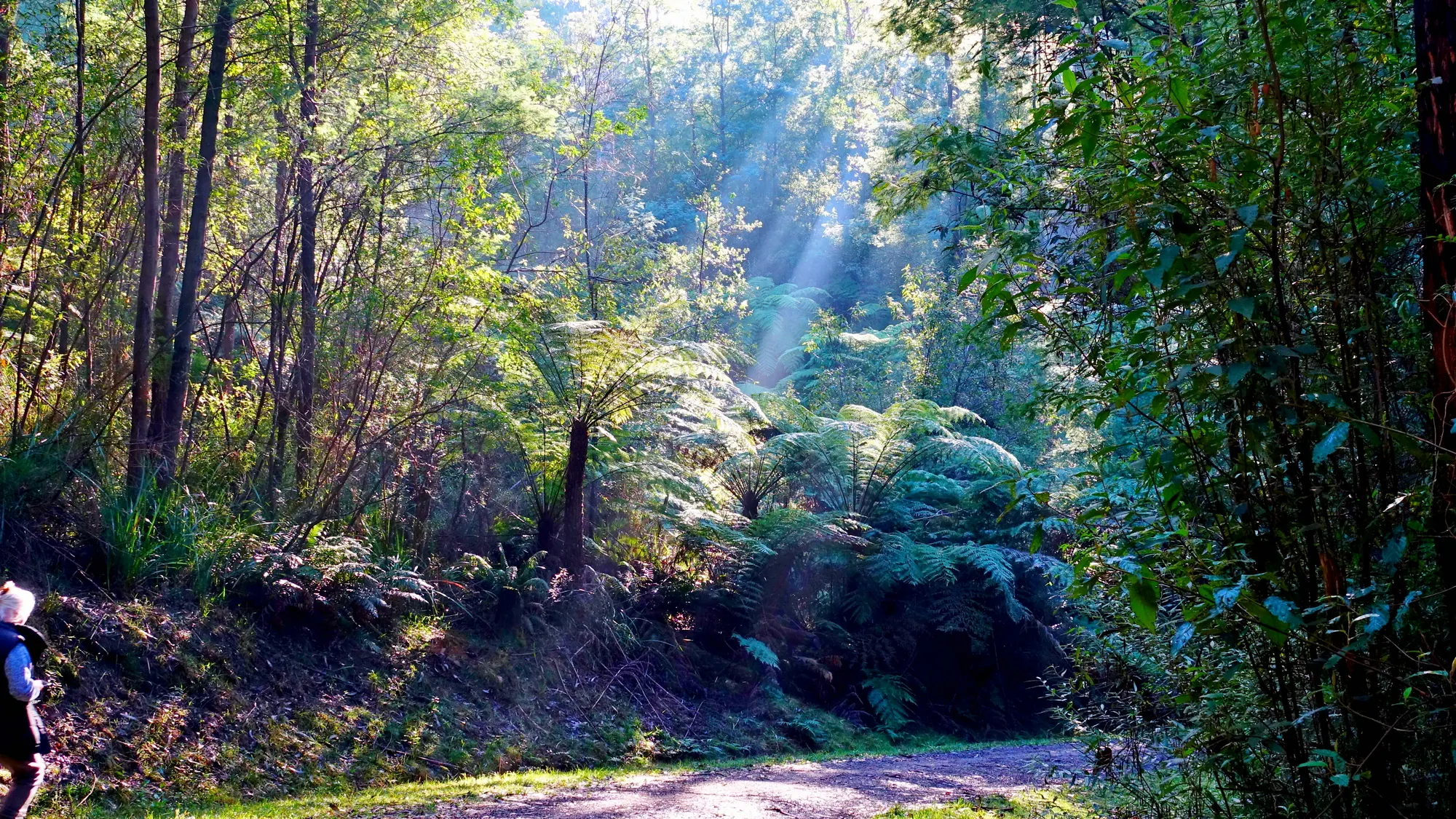Climate
change is with us. According to Victoria Government’s Natural Environment Climate Change Adaptation Action Plan 2022-2026, “Victoria's
climate has changed in recent decades, becoming warmer and drier. These changes
are expected to continue in the future.”
Extreme
weather events are expected to increase, including bush fires, floods and wind
storms. Trees are susceptible to wild weather and the reports of trees blowing
down due to windthrow during wet and windy conditions are likely to rise.
Trees
though are very resilient – they are biologically engineered to adjust to their
situations. They are naturally designed to sway in the wind. Root systems will
develop in a direction to take account of prevailing wind directions. Often it
is recommended that new trees not be staked for long periods in order for the
tree to develop natural resistance to existing wind directions. In March 2022, New Scientist reported that “Trees that grow close together
are better at withstanding storms”.
Although
extreme storms are a concern, we should remember that trees provide many
environmental, economical and health benefits – lowering ambient temperatures,
increasing property values, cleaning the air we breathe - are examples.
Information
on deaths in Australia due to a falling tree is scarce. In 2007, A Brookes
produced a paper Outdoor education fatalities in Australia for
the Australian Journal of Outdoor Education in which, for the first time, a
list of deaths from tree failure in Australia was published. Details of
seventeen fatalities over a forty-year period were given.
In 2019, M
Hartley and J Chalk produced A review of deaths in Australia from accidental tree failure for the Arborist Network. In their report,
Hartley and Chalk quote “Our results have shown that injuries attributed to
accidental tree failures make up a very small proportion of the total trauma
admissions to our Level-1 Trauma Centre.”
The report also indicates that not all deaths from a falling tree
occurred during a storm. Other circumstances included work related incidents
such as timber harvesting processes, cleaning up after a storm and controlling
or mopping up after bushfires.
Hartley and
Chalk pointed out that, “Most people are comfortable being exposed to risks
many times greater than the risk posed by tree failure” and that the risk
of being killed by a falling tree is markedly lower than the risk from some
other common causes of mortality such as:
Melanoma – 1 in 13,500
Driving a vehicle – 1 in 20,000
Asthma attack – 1 in 60,000
Murder, 1 in 100,000
Falling from a bed – 1 in 420,000
Accidental tree failure – 1
in 5,000,000
Accidental tree failure while
inside a house – 1 in 189,000,000
Further
references:
The epidemiology of injuries related to falling trees and tree branches – Way and
Balough – Royal Australasian College of Surgeons (“We demonstrated
that the likelihood of being injured by falling trees is very low. This
information should be taken into account when planning future developments or
considering the removal of existing trees in the interest of public safety.”)







.JPG)


.JPG)






.JPG)
.jpg)
.jpg)







 Shady oaks in Porter Pl Drouin
Shady oaks in Porter Pl Drouin


.JPG)

.png)
.JPG)
.jpg)
.jpg)
.JPG)
.JPG)
.JPG)
.JPG)
.JPG)





.JPG)


